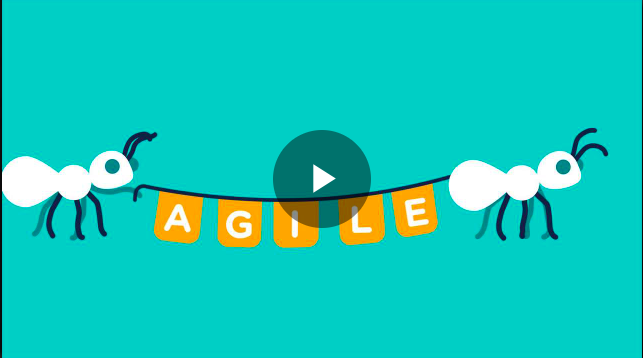Remote Work Hacks: Giving Kids “Work” So You Can Work


Technologies that allow us to work and connect remotely are enabling a kind of resilience that would have been unthinkable 30 years ago.
But those technologies are not a silver bullet; they cannot protect us from every challenge we may face in the coming days and weeks, as we shift our attention to an exit from lockdowns and the economic impact of the pandemic. We need to buttress other areas of our organizations to deepen and strengthen our ability to remain resilient.
Here are four kinds of resilience to think about when assessing your current remote work situation and some key questions to ask yourself and your team as you figure out how to improve it. This piece is part of our Remote Work Bootcamp.
Physical Resilience: Although most of us are now working remotely and interacting with our colleagues virtually, we are all also still physical beings, taking up space. Resilience in a remote working environment begins, paradoxically, with privileging the physical health, safety, and space of ourselves and our team members. Without a safe place to work, work won’t happen.
Key Questions: How quickly can the people you work with find safe, quiet places to work outside of an office? What are simple things you or your company can do to help make that easier?
Technological Resilience: We are stress-testing our technology ecosystem like never before. Resilience in technology touches every layer of the stack, from scalable cloud-based infrastructure, to seamless user experiences and the right devices. If this crisis has revealed big gaps in your digital readiness, this is the moment to address them.
Key Questions: How seamlessly can people access the tools they need to work, on any device? What barriers are you discovering to efficient access and collaboration that you can tear down?
Cultural Resilience: Organizations that are already built on cultures of transparency, trust, and flexibility will handle this crisis more easily than those that aren’t. But that culture must be diligently protected in order to keep it alive. The key here is leadership at every level of the organization. In words and actions, we all have to demonstrate that we trust each other, are willing to give each other the space we need to adapt to this new world, and aren’t afraid of tough conversations when things need to change.
Key Questions: Do your people trust each other to get their work done, in their own way, on their own time? Can they resolve conflicts remotely before they spiral out of control? Are you continuing to learn, grow, and support each other, even in the face of endless urgent tasks?
Mental Resilience: The blinding speed of this crisis and the overwhelming tsunami of information that accompanies it has unsettled all of us. For those already prone to anxiety or depression, it has been exceptionally challenging. Mental resilience in the face of this crisis is not something we can achieve alone. We all need the freedom to talk honestly about our fears, to be open about our confusion, and to allow ourselves to laugh at the absurdity of it all.
Key Questions: Is their space on your team to talk about fear, anxiety, and confusion? Can you support people through grief? Can we rally around those who need us most?
For more insights and tips about the new world of remote work, and to become a part of a growing global community, sign up for the Remote Work Bootcamp in the Nomadic Academy today.


How to adjust to remote work quickly. A digital learning program by Nomadic Learning

In this video, part of Nomadic’s vast library of content, we explore the history and definition of the Agile methodology. We discuss the characteristics of an agile team as well as the benefits that can be gained from applying the principles to all areas of the organization.